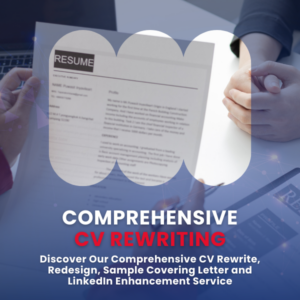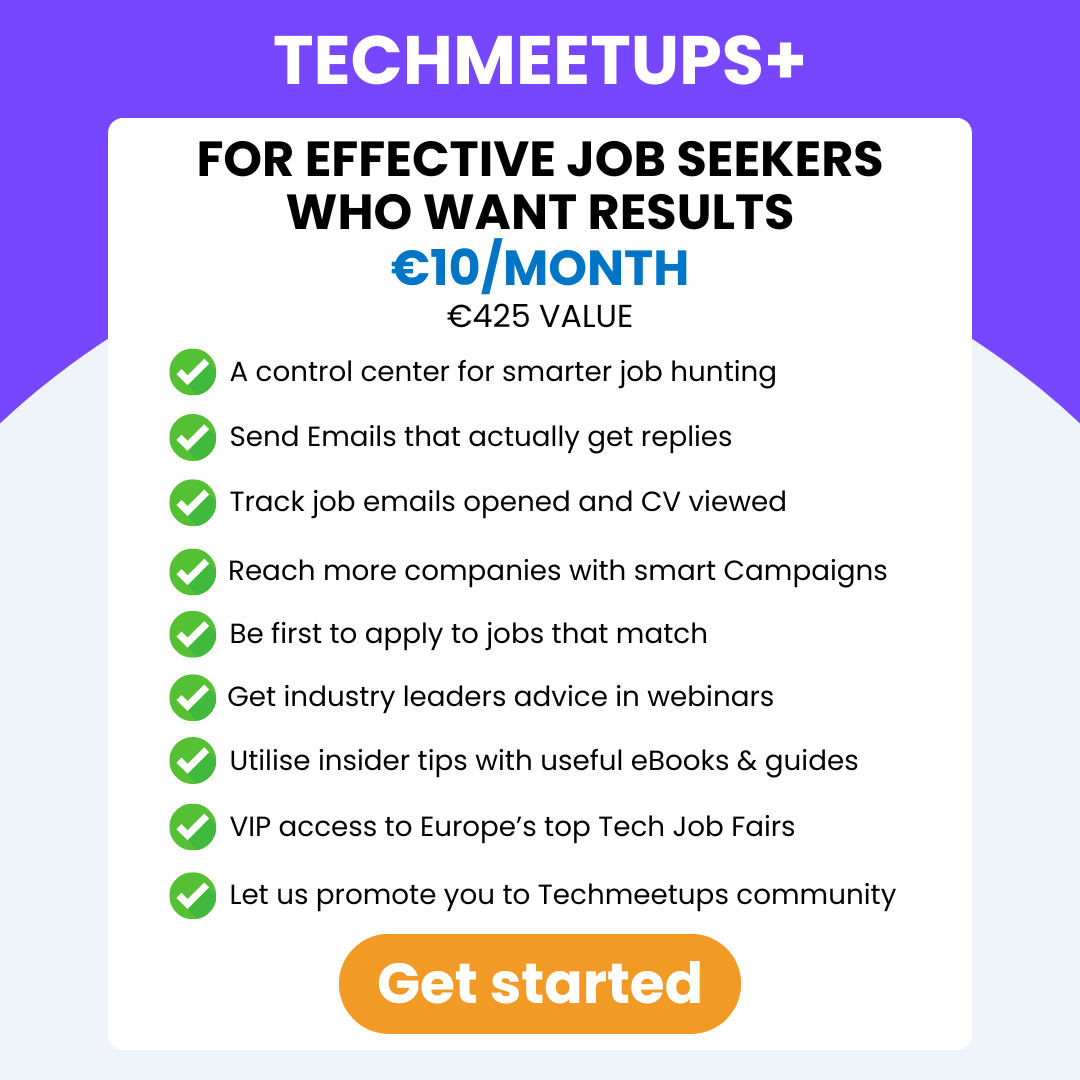In today’s highly competitive job market, attracting and retaining top talent has become more challenging than ever before. To stand out from the crowd, companies need to build a strong employer brand that resonates with potential candidates and creates a lasting impression. An effective employer brand not only helps attract top talent but also cultivates a positive company culture and improves employee engagement.
In this blog post, we’ll explore key strategies to build a compelling employer brand that will position your company as an employer of choice, allowing you to attract, recruit, and retain the best talent in the industry.
Let’s dive in!
1. Undefined Employer Value Proposition
Many companies struggle to define and articulate their employer value proposition (EVP), making it difficult to communicate their unique offerings to potential candidates.

To solve this; Take the time to clearly define your EVP by identifying what sets your company apart and highlighting the value it brings to employees. Clearly articulate benefits, growth opportunities, and company culture to create a compelling employer brand message.
2. Lack of Understanding of Target Audience
Without understanding the preferences and aspirations of your target candidates, it is challenging to design an employer brand that resonates with them.
To solve this, conduct market research and surveys to gather insights into the preferences, motivations, and career goals of your target audience. Use this data to tailor your employer brand strategy to their specific needs and desires.
3. Ineffective Employer Brand Storytelling
Many companies struggle to craft a compelling employer brand story that captures the attention and interest of potential candidates.

To solve this, develop a clear and captivating narrative that showcases your company’s values, culture, and opportunities. Share inspiring stories of employee growth and success to demonstrate the career progression and development potential within your organization.
4. Inconsistent Branding Across Channels
Inconsistency in messaging and branding across different platforms and touchpoints can dilute the impact of your employer brand.
To solve this, Establish brand guidelines that maintain visual consistency and cohesive messaging across your company website, social media platforms, job portals, and other communication channels. Ensure that the tone and voice of your brand are consistent throughout these channels.
5. Lack of Employee Advocacy
Without employee advocacy, it can be difficult to effectively communicate the value of working for your organization.
To solve this, Encourage and empower employees to share their positive experiences as brand ambassadors. Create employee advocacy programs, feature employee testimonials, and recognize their contributions to strengthen your employer brand.
6. Absence of Positive Company Culture
A negative or stagnant company culture can deter top talent from considering your organization.
To solve this, foster a positive and inclusive company culture by implementing initiatives such as mentorship programs, diversity and inclusion strategies, flexible work arrangements, and recognition programs. Promote a supportive environment that aligns with your company’s values.
7. Underutilization of Social Media and Online Platforms
Not leveraging the power of social media and online platforms can limit your ability to connect with potential candidates and showcase your employer brand.

To solve this, Actively use social media platforms to share employee success stories, community involvement, company news, and industry insights. Engage with candidates and encourage them to interact with your brand on these platforms.
8. Inadequate Compensation and Benefits
If your compensation and benefits packages are not competitive, it can be challenging to attract and retain top talent.
To solve this, Research industry standards and ensure that your offerings align with or surpass market expectations. Highlight unique benefits, such as wellness programs, professional development opportunities, or work-life balance initiatives.
9. Poor Candidate Experience
A negative candidate experience can deter even the most qualified candidates from pursuing opportunities within your organization.

To solve this, Provide a seamless and positive candidate experience by ensuring clear communication, transparent interview processes, and prompt feedback. Personalize interactions and demonstrate genuine interest in candidates’ career aspirations.
10. Lack of Measurement and Refinement
Without measuring the effectiveness of your employer’s brand efforts, it’s challenging to identify areas for improvement.
To solve this, Track key metrics such as applicant conversion rates, employee retention, and candidate satisfaction surveys. Gather feedback from candidates and employees to gain insights and make data-driven decisions. Continuously refine your employer brand strategy based on these insights.
Conclusion:
Building a strong employer brand requires addressing challenges such as undefined EVP, understanding the target audience, crafting compelling stories, ensuring consistency, fostering advocacy, nurturing a positive culture, leveraging online platforms, offering competitive compensation, providing a positive candidate experience, and measuring outcomes. By implementing these solutions, recruiters and companies can attract top talent that aligns with their organization’s values and goals, setting the foundation for long-term success in talent acquisition.






